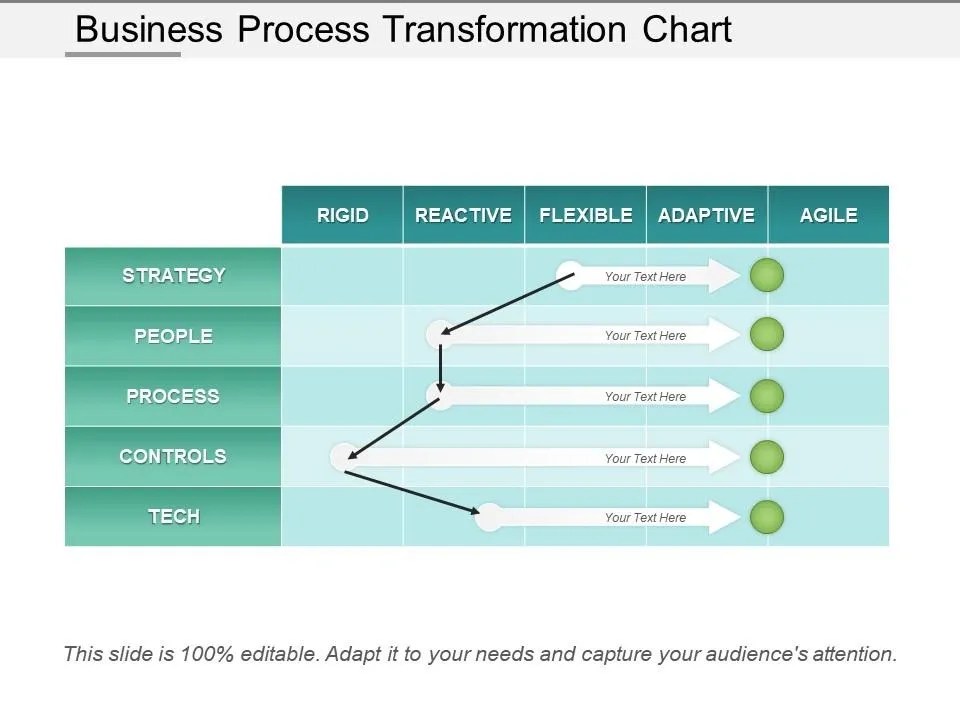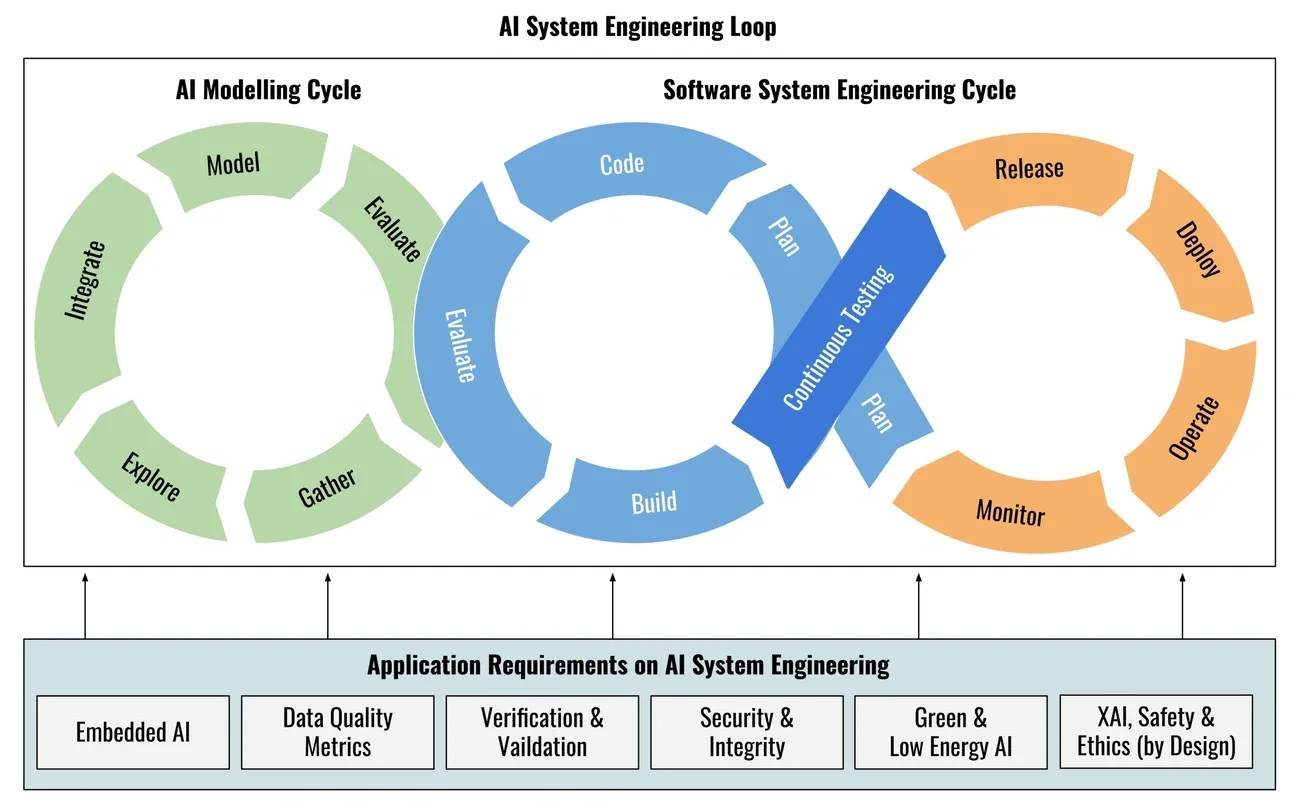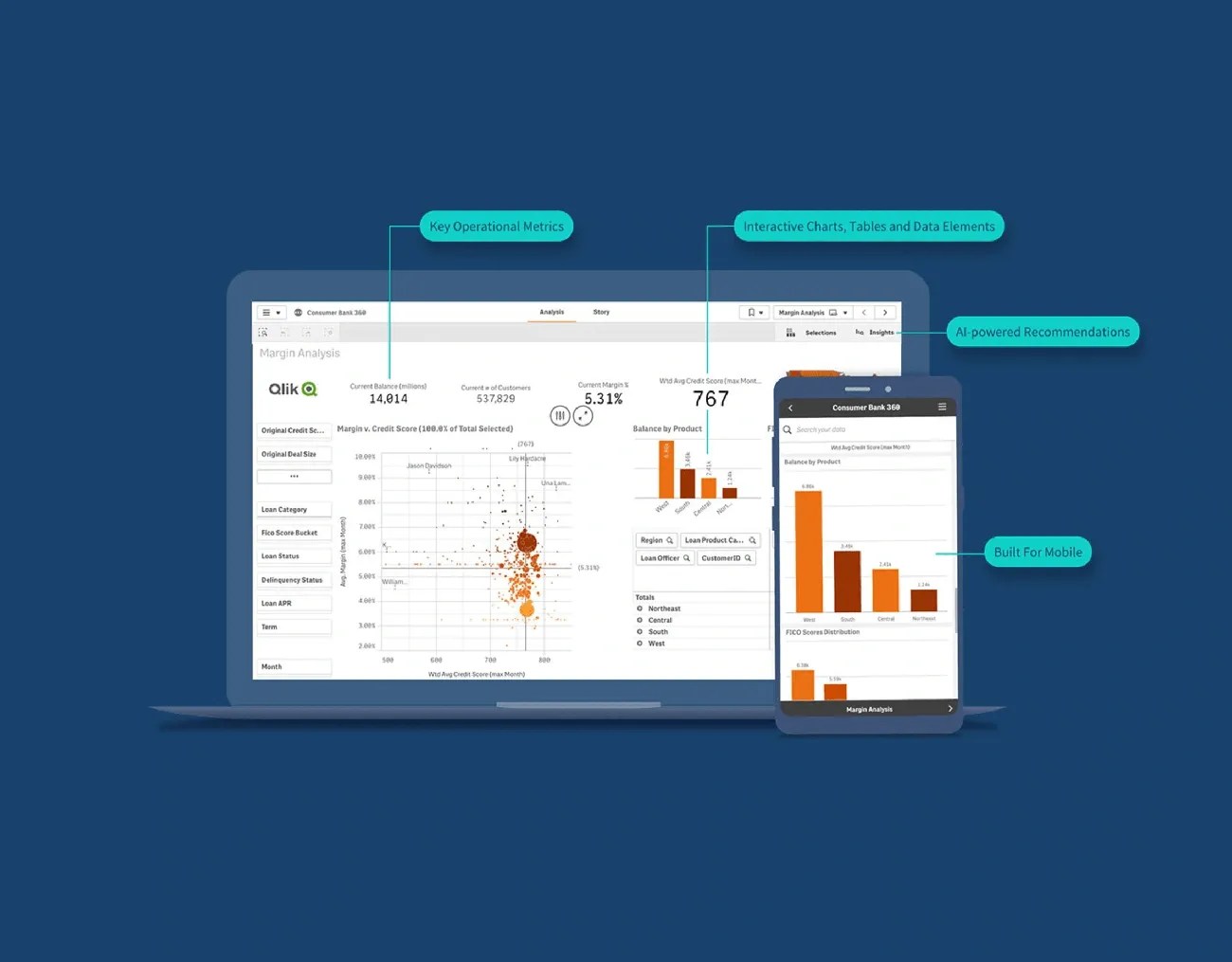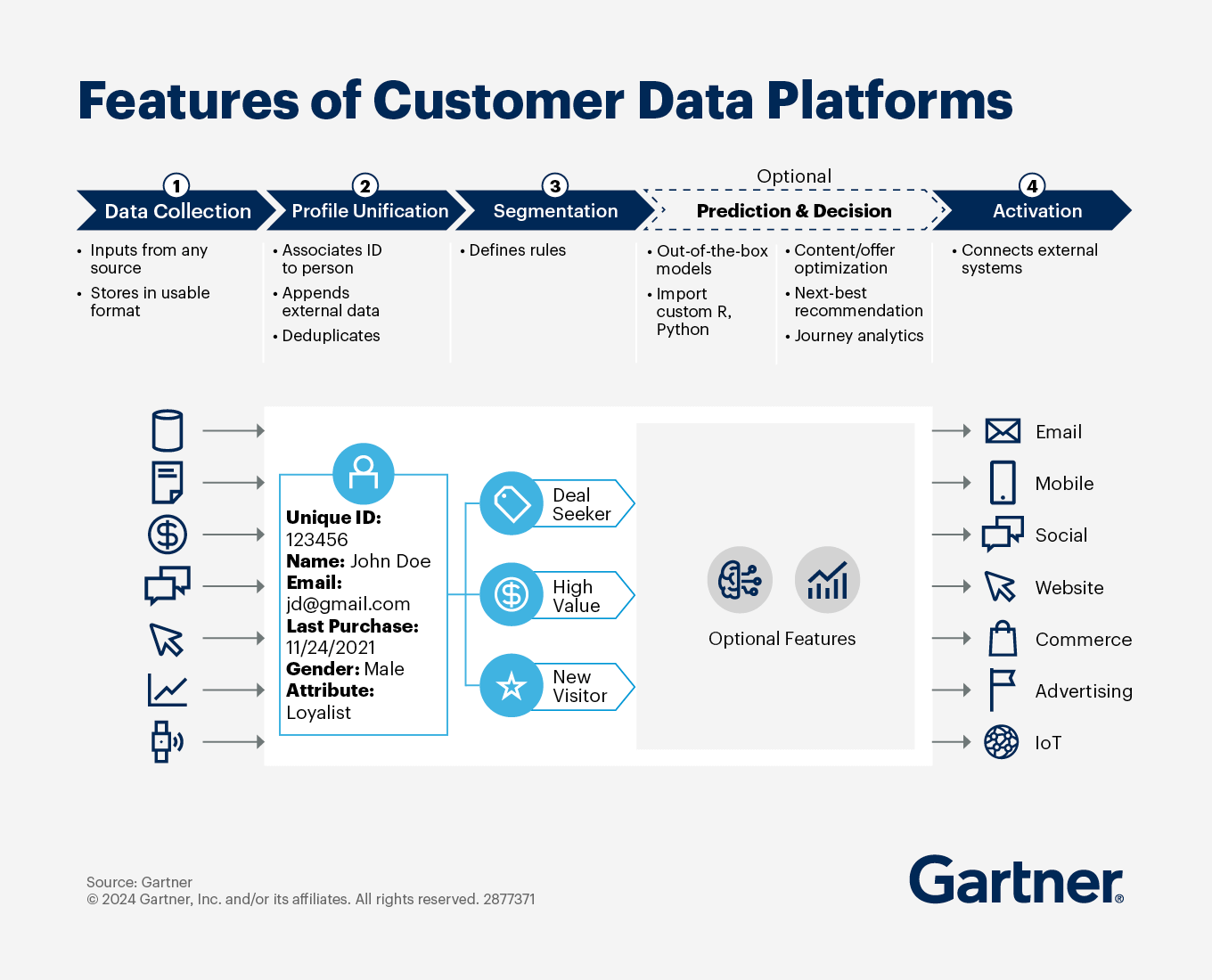 Brands are rapidly embracing generative AI, with 59% either testing or expanding their efforts to enhance personalization. Context engineering plays a crucial role in this shift by helping companies derive value from their customer data platforms (CDPs) instead of just gathering more data.
Brands are rapidly embracing generative AI, with 59% either testing or expanding their efforts to enhance personalization. Context engineering plays a crucial role in this shift by helping companies derive value from their customer data platforms (CDPs) instead of just gathering more data.
Customer data platforms have seen massive adoption rates. Organizations have either deployed CDPs or plan to do so within 12 months, reaching 75%. Yet most companies find it challenging to turn this data into valuable customer experiences. The statistics show that only 14% of brands have built a mature, unified customer view. CDP engineering bridges this gap between data collection and applicable information.
Our experience shows how proper customer context implementation reshapes business results dramatically. To cite an instance, one company used context engineering to build a unified customer dataset that worked naturally across all channels and reduced support calls by 60%. These outcomes demonstrate what organizations can achieve when they move beyond basic data collection.
This piece will get into context engineering techniques that optimize your CDP investment. You’ll discover the competitive advantages that superior context engineering capabilities create and learn best practices you can apply right away.
The Shift from Data Collection to Context Understanding

Image Source: SlideTeam
Many organizations today find themselves “drowning in data but starving for insight”. This situation points to a basic challenge businesses face: collecting customer data alone won’t drive meaningful outcomes anymore.
Why raw data isn’t enough
Raw data from multiple sources usually shows up in loose formats—denormalized, inconsistent, and without critical context. Decision-makers can get misled when this information lacks proper processing.
Raw customer data creates several key limitations:
-
Incomplete narratives: Numbers can’t explain changes in buyer behavior or market ripple effects by themselves. One expert puts it well: “Analysis without context is like reading a headline without the article: you get the gist, but not the meaning”.
-
Misleading interpretations: Data without its contextual layers becomes mere statistics. Companies might end up offering products that don’t match what the market just needs.
-
Hidden relationships: Raw data rarely shows connections between customer touchpoints. Understanding the complete customer experience becomes impossible.
Companies that rely only on raw data often fall into what experts call the “snapshot fallacy.” They judge performance from a single time period and miss seasonal patterns or broader trends. This surface-level analysis leads to weak strategies and lost opportunities.
The rise of customer context as a differentiator
Today’s hyper-personalized marketplace has changed customer priorities completely. People now involve with brands through websites, mobile apps, emails, social media, and store visits. They expect smooth, relevant, and timely interactions everywhere.
Customer understanding now depends on seeing data in context. Companies that excel at context engineering build a fuller picture of their customers. They look at data within its environment and situation.
Well-contextualized data helps businesses:
-
Create products that match customer values by spotting specific priorities
-
Spot future customer needs through patterns
-
Build targeted campaigns that strike a chord with different audiences
-
Offer immediate personalization based on detailed customer insights
Context helps organizations see how datasets connect and explain why things happen. This deeper grasp turns raw information into practical knowledge. Businesses can understand complex relationships and spot hidden details.
Market leaders in customer experience know that context engineering gives them an edge. They get maximum value from their data by understanding the full picture around customer information. Their business goals become easier to reach.
How AI and Context Engineering Intersect

Image Source: MDPI
AI has become the life-blood of modern context engineering. Nearly 90% of marketers who used AI in 2022 employed it to resolve customer identity issues. This intersection of AI and context engineering creates powerful new capabilities for customer data platforms.
AI’s role in identity resolution
Many organizations face a major challenge with identity resolution—the process of identifying customers across different platforms and data sets. Research shows that 33% of companies cannot extract applicable information from their data, and 30% struggle with data volume management.
AI-based identity resolution offers a breakthrough solution. Modern systems use large language models (LLMs) to perform “fuzzy first-name matching” that helps companies identify customers even when their information appears differently across multiple data sources. These systems can recognize that “William” and “Bill” refer to the same person.
Advanced AI models now offer “soft matching” capabilities beyond binary yes/no matches and provide confidence scores that give businesses creative control over their data merging. Organizations can select their desired precision level:
-
High precision matches: Nearly exact matches, including nicknames and punctuation variations
-
Medium matches: Allow for more flexibility in potential matches
-
Low matches: Capture a wider range of possibly matching customers with greater tolerance for variations
These capabilities prove especially valuable since a customer’s information may appear slightly differently across email interaction data, purchase records, and customer service systems.
Generative assistants and up-to-the-minute insights
Generative AI fundamentally changes how businesses extract value from customer data platforms. Companies see an average return of $3.50 for every dollar invested in AI, showing these technologies’ economic effect.
These AI systems enable:
-
Self-service intelligence: Business users can access, explore, and activate insights without waiting for technical teams
-
Conversational analytics: GenAI powers user-friendly interfaces that make data available
-
Up-to-the-minute recommendations: AI delivers next best actions across departments
Marketing teams can analyze data more effectively with generative AI by getting specific views of target audiences. Rather than relying on broad segmentation, marketers can test how specific words or phrases appeal to defined customer sets, bringing them closer to individual-specific experiences.
First-party data becomes powerful when combined with generative AI. One expert explains, “There is tremendous power in being able to tap into the first-party data that you have and apply these generative AI models to do new things”.
Context-aware automation
Context engineering paired with AI enables truly context-aware experiences beyond simple personalization. This approach looks at the customer’s current mindset and mission, not just their demographic profile.
Context-aware automation achieves specific outcomes through:
-
Individual-specific messaging based on complete customer understanding
-
Up-to-the-minute orchestration of the next best action across all channels
-
Predictive capabilities that forecast customer needs before they arise
CDPs will integrate advanced AI by 2025 to predict customer needs before they surface, driving autonomous, context-aware customer interactions. This progress will redefine personalization, making it predictive, adaptive, and always available across all touchpoints.
AI decisioning will move beyond handling small workflow tasks. It will use reinforcement learning to automate experimentation and optimize cross-channel personalization. Marketers can focus on strategy and creative direction while AI handles execution details.
The combination of AI and context engineering ended up changing how businesses understand and respond to customer needs—turning data into immediate action rather than retrospective analysis.
Real-World Examples of Context Engineering in Action

Image Source: Qlik
Let’s get into how leading companies have used context engineering to transform their customer experiences and make their operations more efficient.
Spectrum Enterprise’s unified portal
The merger of Charter, Time Warner Cable, and Brighthouse in 2016 left Spectrum Enterprise with over 40 disconnected portals that worked independently. This fragmentation created a major challenge for customer experience. Their original portal consolidation project uncovered a deeper systems architecture issue—the technical ecosystem didn’t match how clients naturally saw their relationship with the company.
Context engineering provided the answer. The team created algorithms that processed millions of records from all business sources and built an intelligent index as a key to all client information. This approach kept core systems intact while creating a contextual layer that brought the customer experience together. The results proved impressive: over 60,000 clients started using the new portal, support calls dropped by 60%, and the company built a unified customer dataset that worked naturally across all channels.
Glu.ai‘s ecommerce content automation
Glu.ai shows another effective use of context engineering in the ecommerce space. Their AI-powered platform organizes digital assets through automatic tagging and creates tailored content suggestions based on contextual understanding.
The platform makes creative processes easier by handling tasks like bulk cropping, resizing, and background removal. It keeps brand consistency through centralized guidelines and templates. The platform can publish content to multiple platforms at once—including Shopify, Facebook, Instagram, TikTok, Pinterest, Google Ads, and Mailchimp.
Companies that adopted early saw remarkable changes. A mid-sized retail company made their content production 50% more efficient after implementation. A Shopify store owner said that Glu “saves hundreds of hours that can be better used for other business tasks”.
Nexxen’s generative insights assistant
Nexxen has lifted context engineering to new heights with their nexAI assistant, which fits right into their end-to-end platform. This solution combines machine learning, generative AI, and proprietary data tools to improve data use and simplify operations.
Their nexAI Discovery assistant handles audience research automatically and removes manual analysis. Users can create polished audience reports with brand share of voice, sentiment analysis, and strategic recommendations from minimal inputs. Karim Rayes, Chief Product Officer at Nexxen, explains they’re “turning complex datasets into clear, strategic guidance in an instant”.
The real-world effects stand out. LG Ad Solutions uses the platform by uploading their first-party data and adding contextual datapoints to understand target audience behaviors deeply. This integration helps teams to “surface insights faster and with greater clarity,” according to Ioanna Protogiannis, Senior Director at LG Ad Solutions.
What Competitive Advantages Emerge from Superior Context Engineering Capabilities
Companies with superior context engineering capabilities gain measurable competitive advantages that directly affect their profits. Their implementations show up to 90% fewer AI hallucinations, 5x better task completion accuracy, and 60% less manual intervention.
Faster time-to-insight
Context engineering speeds up data analysis cycles. Organizations report up to 3x quicker insights for complex queries. This advantage comes from structuring context to match AI reasoning capabilities, which allows parallel processing of contextual data.
A global technology brand saw a 5x increase in conversions by using AI-driven insights to redistribute media spend. The AI achieved 96% accuracy in predicting user behavior. Context engineering removes bottlenecks common in traditional data analysis methods.
Higher personalization accuracy
Context engineering brings substantial precision gains. Companies report “100%+ accuracy improvements through comprehensive personalized context”. These improvements show clear business results:
-
A global pharmaceutical brand’s cosmetics sales grew 40% through better personalization, while cost per acquisition dropped 40%
-
A global automobile brand saw 300%+ higher advertising click-through rates and 2.5x better conversion rates in their top customer segment
Organizations that use context engineering build a competitive advantage that competitors find hard to copy by delivering better individual-specific experiences.
Reduced operational friction
Good context engineering removes major operational barriers. Technical documentation shows “90% latency reduction with 98% token efficiency” in systems using advanced context engineering techniques. Companies need 60% less manual intervention for their AI systems.
Businesses run smoother and become more resilient when technical systems accurately mirror people’s natural thinking and behavior. This operational efficiency becomes a strategic advantage as organizations grow.
Improved customer satisfaction
Context engineering leads to better customer experience metrics. AI-powered CDPs have increased customer satisfaction scores by 31.5% and customer retention by 24.8%.
Organizations recognize this advantage. About 58% say their main business focus for Generative AI implementation is better customer satisfaction. Unified customer data helps businesses create relevant experiences that meet modern customer’s expectations for content and contextual awareness throughout their experience.
Context Engineering Best Practices for CDP Integration

Image Source: Klaviyo
Making context engineering work in your CDP needs more than simple data collection. Companies of all sizes now use an average of 110 software applications. This makes data management crucial to deliver seamless customer experiences.
Map customer journeys to data sources
The first step to context engineering starts with a complete customer trip mapping. You need to identify key touchpoints like on-page behaviors, shopping cart interactions, help content traffic, and where visitors come from. Your CDP should connect these touchpoints to their data sources. This helps track customers throughout their experience and removes the fragmentation that happens when data sits in multiple tools.
The next step is to match your business goals with patterns in customer data to create quick wins. Note that CDPs need constant fine-tuning as customer behaviors change.
Use semantic clusters and structured data
Semantic clustering creates meaningful links between related customer data. This helps you find patterns and common elements in previously uncategorized data. You can employ algorithms like K-means or DBSCAN to split datasets into distinct groups. Similarity algorithms measure relationships between data points.
Link detection algorithms help identify relationships between entities in your dataset. These algorithms build semantic networks that give a structured view of your knowledge domain. Such techniques make navigation easier and lead to better knowledge discovery.
Enable multi-modal data access
Modern CDPs must handle data types of all kinds—from documents and presentations to images, videos, and audio. Design systems that spot and pull content from different data types to get the most value. These systems should extract key elements while keeping metadata about location, style, and format.
Build connections between these elements to define their relationships, including parent-child links and confidence levels. This integrated approach lets you search through any mix of content, metadata, or relationship attributes.
Ensure ethical data handling
Ethical data practices are the life-blood of responsible context engineering. Use anonymization techniques like data masking and aggregation to protect privacy. Your data needs encryption both at rest and in transit with reliable algorithms like AES-256.
Treat consent as an ongoing process, not a one-time checkbox. Give participants easy ways to revoke consent and check in regularly about data usage. These steps help you comply with GDPR and CCPA and build trust for lasting customer relationships.
Conclusion
Context engineering makes the crucial difference between companies that just collect customer data and those that turn it into meaningful action. Our guide shows how proper context implementation helps CDPs work harder by converting raw information into useful insights that deliver business results.
Companies with advanced context engineering capabilities gain a major edge over competitors. Teams can respond quickly to market changes and create experiences that strike a chord with customers. On top of that, smooth operations remove bottlenecks between departments. Better customer satisfaction leads straight to higher retention rates and revenue growth.
AI and context engineering together tap into even greater potential. AI-powered identity resolution connects scattered customer data points. Generative assistants make complex data available to non-technical teams. Context-aware automation takes things further by predicting customer needs before they arise.
Ground success stories from Spectrum Enterprise, Glu.ai, and Nexxen prove these principles work. Their results show dramatic improvements—60% fewer support calls, 50% better content production efficiency, and substantially improved audience insights.
Customer expectations will definitely keep evolving. Successful organizations need to go beyond simple data collection toward complete context understanding. This means using systematic approaches like customer experience mapping, semantic clustering, multi-modal data access, and ethical data handling.
Tomorrow belongs to companies that see context engineering as more than just technical know-how—it’s a strategic must-have. Rich customer data combined with thoughtful context engineering creates experiences customers find seamless, relevant, and deeply valuable. CDPs transform from simple data storage into powerful engines of business growth and customer loyalty.
Leave a Reply